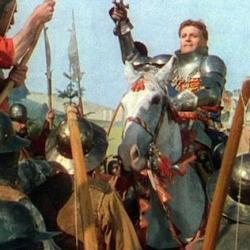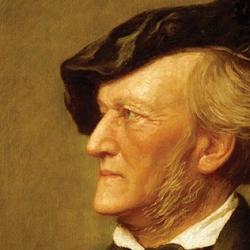In an article published in Studies in Ethnicity and Nationalism, Tuomas Tepora “analyzed flag speeches given in Helsinki and published in newspapers alongside with other writings related to the subject in different media” during the years 1917-1945. Drawing on Durkheim’s work on aboriginal totems, he drew a number of conclusions about the role of the Finnish flag in creation Finnish national identity.
“Firstly, the nation was defined by what it was not. The communists were designated as the definers of the national boundaries of the totem. ‘Only communists do not put out a flag on Midsummer Day,’ ran one of the slogans. . . . Communism was seen as decaying the national body- politic. One speaker for example referred to it as a ‘purulent wound’ in the flesh of the nation. . . . The group’s boundaries were sometimes manifested by bodily concepts. Communism represented an anomaly; its adherents were people without form. . . . Moreover, it became a category the most important characteristics of which were selfishness, putting one’s own desires ahead of the collective – in short, unwillingness to make sacrifice.”
The flag was, second, a symbolic marker that had concrete geographic effects. Finland existed in that place where people flew Finnish flags. “The national flag consecrated and fenced in the sacred ground. It was even customary by some flag propagandists to rent an aeroplane on Midsummer Day in order to check the density of flags in the countryside.” Again, there was a negative element to this: “The flag enthusiasts emphasized the propagation of flag culture to the Swedish-speaking people but it seems that the Orthodox population in Eastern Finland was targeted as well . . . along with Northern Finland in order to integrate them into the heartland.”
In this way, the flag helped forge the nation as a “holistic tribe,” a sacred body: “Under the flag everyone, rich or poor, was said to be equal. . . .but at the same time everyone had his or her unquestionable place in the hierarchy. Flag ceremonies were rituals where the body-politic and the body of the citizen momentarily fused together, feeding off each other.”
Since the flag represented unity, it cast a shadow over the give-and-take battles of politics. Politics was deemed selfish; engaging in political debate was “interpreted as a wish for separation from the imaginary collective.” To be a true Finn meant living without personal desires; it meant the sacrifice of personal deeds: “Sacrifice did not just mean actual bloodshed but selfless work for the fatherland and family. Unselfish deeds demanded constant self-reflection.” And this is the unity that the flag signified: The flag was referred to as being the ‘only symbol that invites and gathers people.’ . . . The flag was something extra-political; it symbolized a rejection of a fractured society.”
As a symbol of national heritage, finally, the flag called the young to renew the sacrifices of their fathers, the sacrifices that had made Finland in the first place, the sacrifices that had to be renewed to sustain the fatherland: “The sacrifices of the forefathers also demanded sacrifices from the present and future generations. The past sacrifices commemorated under the flag involved also those of the distant past. The flag established a connection between forefathers, who had fought in the wars of the Swedish Kingdom, and present patriotic citizens preparing for future wars and everyday life . . . . an active, vital youth would bear the responsibility of selfless work for the fatherland.” In the view of “flag propagandists,” “the success of these nation-forming efforts ultimately lay in how well the youth adopted the notion of willingness to make sacrifices for the nation.”
(Tepora, “Redirecting Violence: The Finnish Flag as Sacrificial Symbol, 1917-1945,” Studies in Ethnicity and Nationalism 7:3 [2007] 153-70.)















